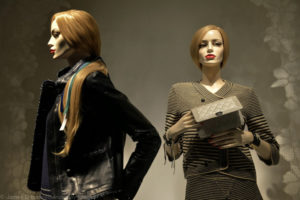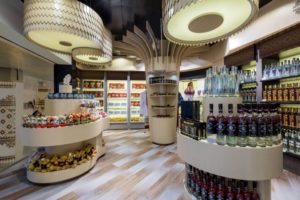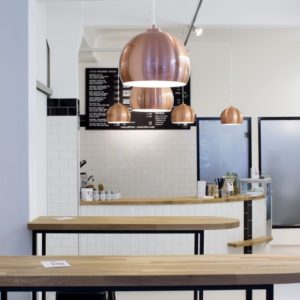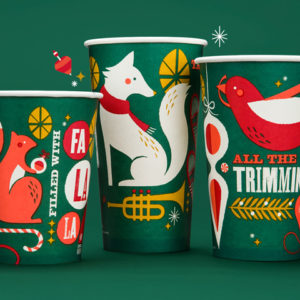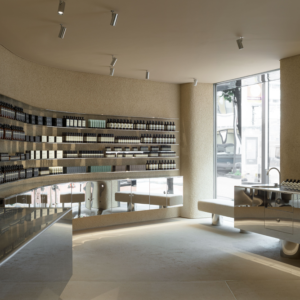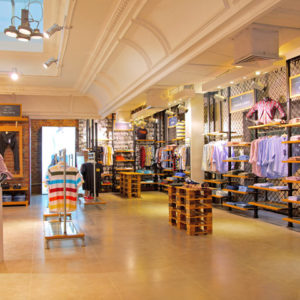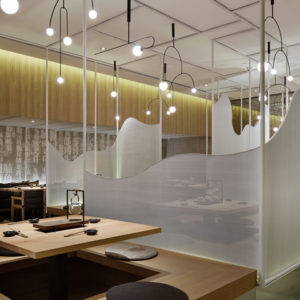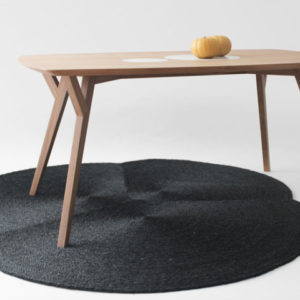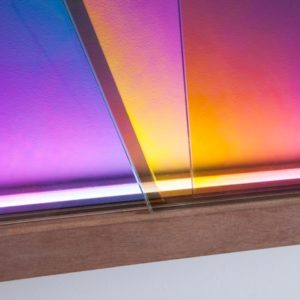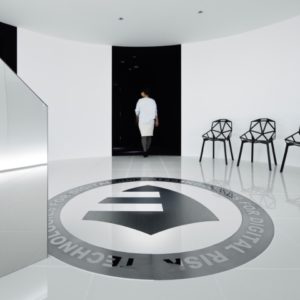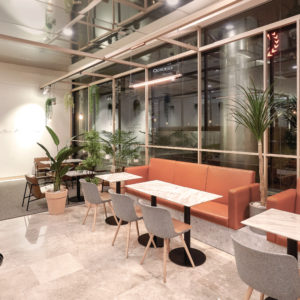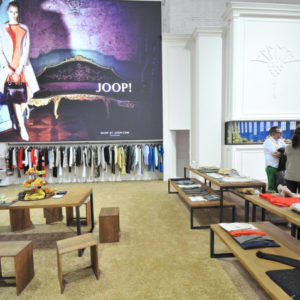


The independent book fair Libros Mutantes took place this past weekend at La Casa Encendida in Madrid, a cultural event that brings together publishers from Spain and abroad, gathering important guests such as Études Books, III Studio, or, in this edition, Stefan Marx. Like every year a competition was held to design the stands where the invited exhibitors would display their publications. The competition requirements stressed the importance of aspects such as sustainability, reutilization of materials, and Do It Yourself. The newly formed design studio Cuarto Orden has won this edition with a project made with canvas, scaffolding and movable wood boards.

MATERIALS
Based on the premise of using elements that would extend their lives beyond the fair itself, the project is based on the use of two opposite materials in terms of hardness: one rigid, used as the structure (scaffolding) and the other soft, used as the display surface (canvas). The dimensions of the scaffolding structure perfectly suits the different levels where the publications are displayed: a platform at a height of 1 meter holds all the publications which can be seen at a glance, the strips at 2 m are used to hang other publications, and another platform at 0.5 m is used both for display and for stocking materials, boxes or the exhibitors belongings.

The display surface consists of sewn canvas pieces whose perimeter is pierced with metallic eyelets and then tensioned with plastic bridles that fix the canvas to the structure at the middle and bottom levels; movable wood boards are also placed at the middle level to display heavier publications. Tensioned canvas strips are used to hang up publications at the top level, or to simply lean them against them on the side strips.

ETHICS AND AESTHETICS
The project equally emphasizes the functional and aesthetic aspects. The standardized dimensions of the scaffolding structure provides a suitable response to the exhibiting space requirements (each 2×0.75 m unit fits two exhibitors comfortably, offering as well some stocking room on the bottom level, a problematic issue in past editions). The canvas allows us to use a basic color code that suits the festive nature of the event; no additional decorative elements were necessary to flood the space with color.

AND AFTERWARDS?
The extended life of the materials has been a key issue in the project, the objective is that they do not die after this event simply becoming waste materials, but instead, that they live on to continue their service life. The scaffolding structures, which were rented for this event, will continue its course becoming part of other projects. The future of the canvas pieces is also open: they will possibly be used in other fairs, or as a base material for a guest designer (an online store will then be set up for selling the resulting designs), or we will simply have the pleasure to see them at our friends’ places, re-used as curtains, tablecloths, or beach bags


















